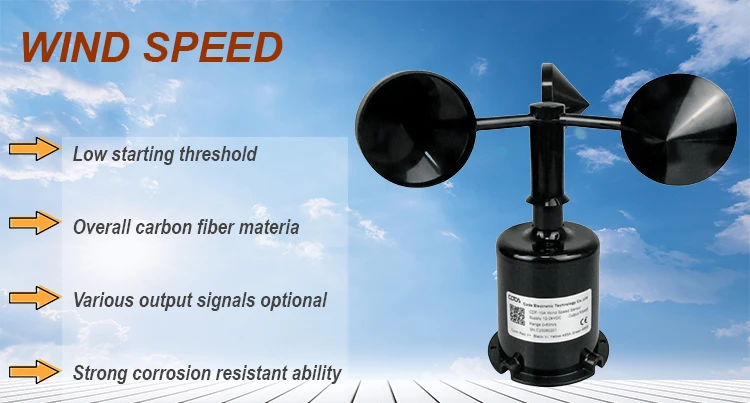Wind Speed Measuring Instruments: Types and Applications

# Wind Speed Measuring Instruments: Types and Applications
## Introduction to Wind Speed Measurement
Measuring wind speed is crucial for various industries, from meteorology to renewable energy. Accurate wind speed data helps in weather forecasting, aviation safety, and optimizing wind turbine performance. Several specialized instruments have been developed to measure wind speed with precision.
## Common Types of Wind Speed Measuring Instruments
### 1. Anemometers
Anemometers are the most widely used instruments for measuring wind speed. They come in several varieties:
– Cup Anemometers: Feature three or four cups mounted on horizontal arms that rotate with the wind
– Vane Anemometers: Combine a propeller with a tail to measure both speed and direction
– Hot-wire Anemometers: Use electrically heated wires to measure wind speed through cooling effects
### 2. Wind Vanes
While primarily used to measure wind direction, many modern wind vanes incorporate anemometer functions to provide comprehensive wind data. These are commonly seen at weather stations and airports.
### 3. Sonic Anemometers
These advanced instruments use ultrasonic sound waves to measure wind speed and direction. They have no moving parts, making them durable and maintenance-free. Sonic anemometers are particularly useful in turbulent wind conditions.
### 4. Pitot Tubes
Originally developed for aircraft, pitot tubes measure wind speed by comparing static and dynamic air pressure. They’re often used in industrial applications and wind tunnel testing.
## Applications of Wind Speed Instruments
### Meteorology and Weather Forecasting
Accurate wind speed measurements are essential for weather prediction models and severe weather warnings. Meteorological stations worldwide rely on precise anemometers to collect data for forecasts and climate studies.
### Aviation Industry
Airports use sophisticated wind measurement systems to ensure safe takeoffs and landings. Real-time wind data helps pilots adjust their approach and prevents dangerous crosswind situations.
### Wind Energy Sector
Wind farms depend on accurate wind speed measurements to:
– Assess potential sites for turbine placement
– Optimize turbine performance
– Predict energy output
– Implement safety protocols during high winds
### Construction and Engineering
Wind speed monitoring is critical for tall building construction, bridge projects, and crane operations. Engineers use anemometers to ensure worker safety and structural integrity during high-wind conditions.
## Choosing the Right Wind Speed Instrument
When selecting a wind speed measuring device, consider:
– Measurement range and accuracy requirements
– Environmental conditions (temperature, humidity, exposure)
– Data recording and transmission needs
– Maintenance requirements
– Budget constraints
Modern instruments often combine multiple sensors to provide comprehensive wind data, including speed, direction, and sometimes temperature and humidity measurements.
## Future Trends in Wind Speed Measurement
Emerging technologies in wind measurement include:
– LIDAR (Light Detection and Ranging) systems for remote sensing
– Compact, wireless sensors for distributed monitoring
– AI-powered data analysis for improved accuracy
– Integration with IoT networks for real-time monitoring
These advancements promise to make wind speed measurement more accurate, accessible, and useful across various applications.
Keyword: measure wind speed instrument


